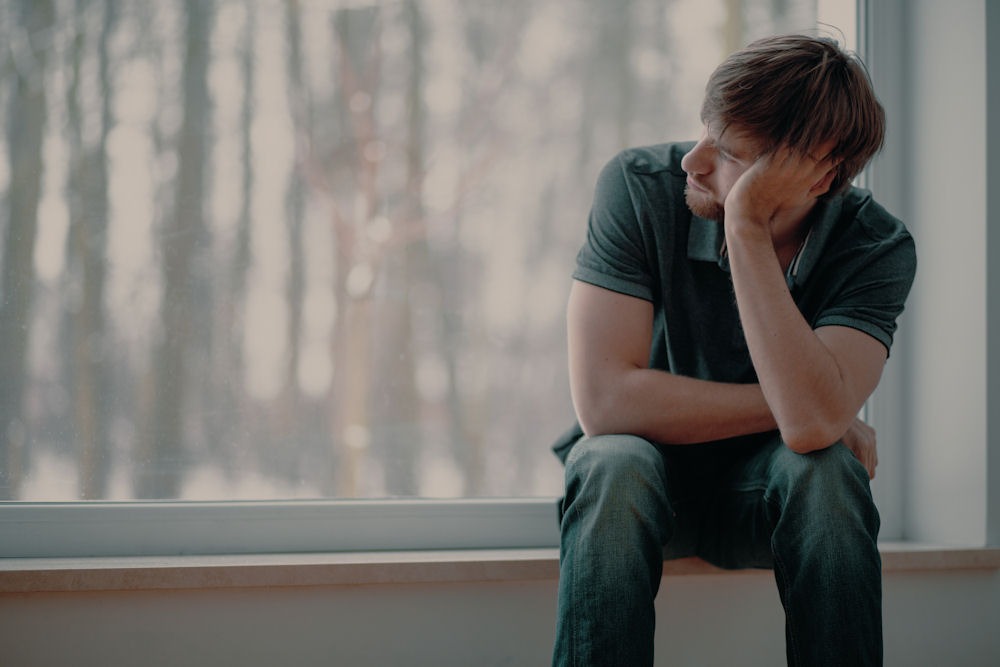Call Today 760-316-6384
All Calls Are Confidential, Your Privacy is always protected.
- PROGRAMS
- TREATMENT
- THERAPY
- ABOUT US
- ADDICTION RESOURCES
- INSURANCE
- Blog
- Contact Us
- 760-316-6384
- PROGRAMS
- TREATMENT
- THERAPY
- ABOUT US
- ADDICTION RESOURCES
- INSURANCE
- Blog
- Contact Us
- 760-316-6384

 Anxiety and addiction are closely intertwined, creating a complex and challenging situation for those affected. Numerous factors contribute to the emergence of these specific mental health disorders and their reciprocal influence. The significant link between addiction and anxiety often stems from individuals’ attempts to manage their adverse symptoms independently rather than seeking comprehensive treatment.
Anxiety and addiction are closely intertwined, creating a complex and challenging situation for those affected. Numerous factors contribute to the emergence of these specific mental health disorders and their reciprocal influence. The significant link between addiction and anxiety often stems from individuals’ attempts to manage their adverse symptoms independently rather than seeking comprehensive treatment.
 During outpatient treatment, individuals must have a strong support system in place. At Immersive Recovery, we help our clients build a network of support through:
During outpatient treatment, individuals must have a strong support system in place. At Immersive Recovery, we help our clients build a network of support through: